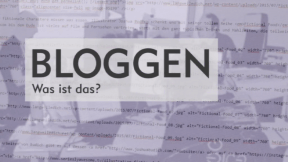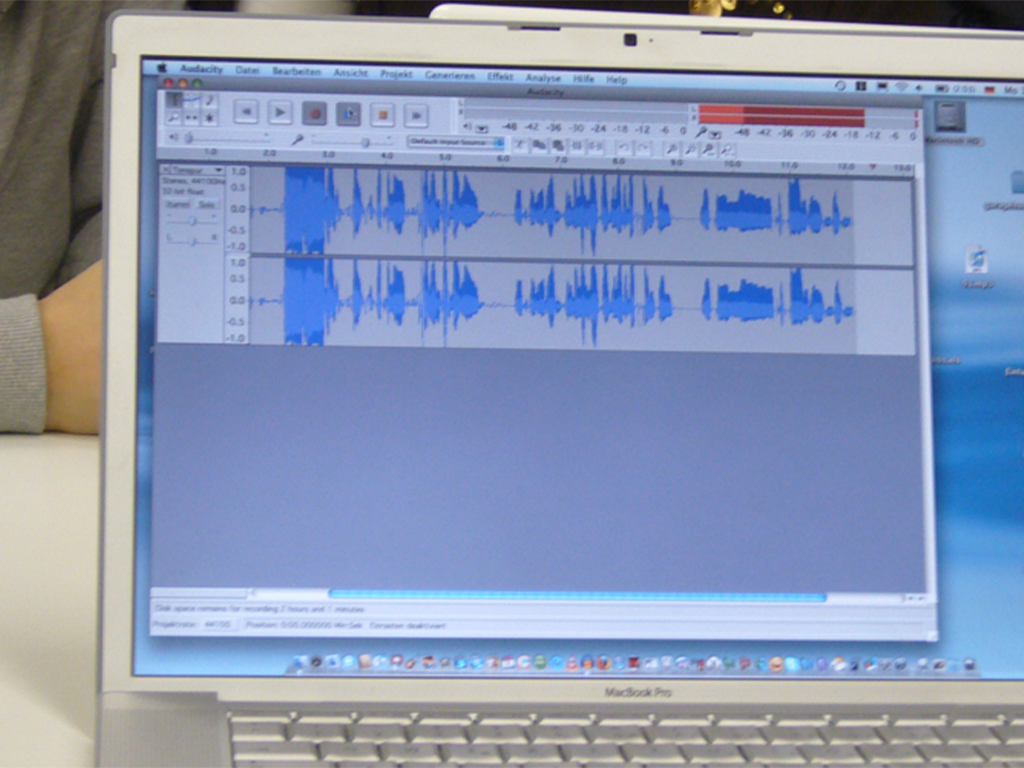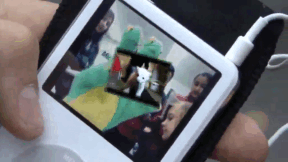 Ecological
Ecological
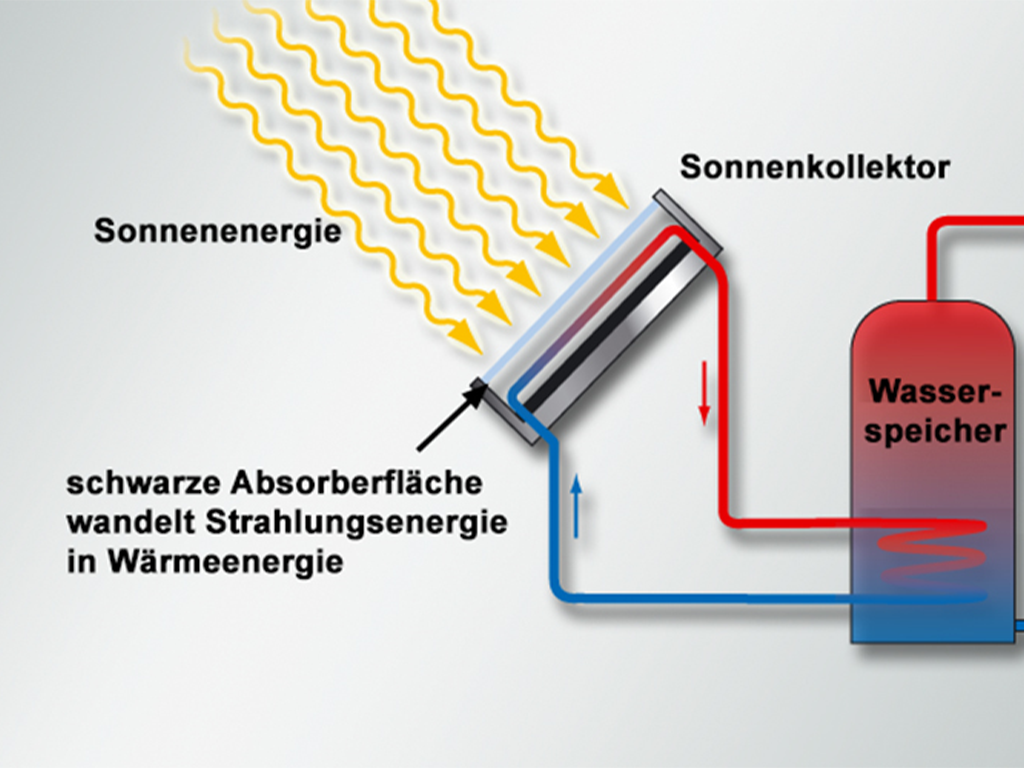
4665876 / 5558101
Solar Energy
Renewable Energies II
80 % of our current energy needs are covered by fossil fuels (coal, oil, gas). Their supply may soon lead to severe problems as worldwide stocks will be exhausted one day. That is why the future belongs to renewable energy from sun, wind, water, and biomass. The Sun as an inexhaustible energy source is estimated to be available to us for another 4.5 billion years to come. It supplies us with “clean energy“ that is available everywhere on earth and that exceeds worldwide energy needs many times over. The film presents the pupils with the long history of solar energy use. The functioning of solar collectors, solar cells and solar power plants is explained, the current operating ranges of solar technology are dealt with and an outlook for the future is provided. With the act on the phasing-out of nuclear energy Germany has taken over a pioneering role worldwide in the field of renewable energies. Together with the extensive accompanying material the DVD is ideally suited for use in the classroom.
Play trailer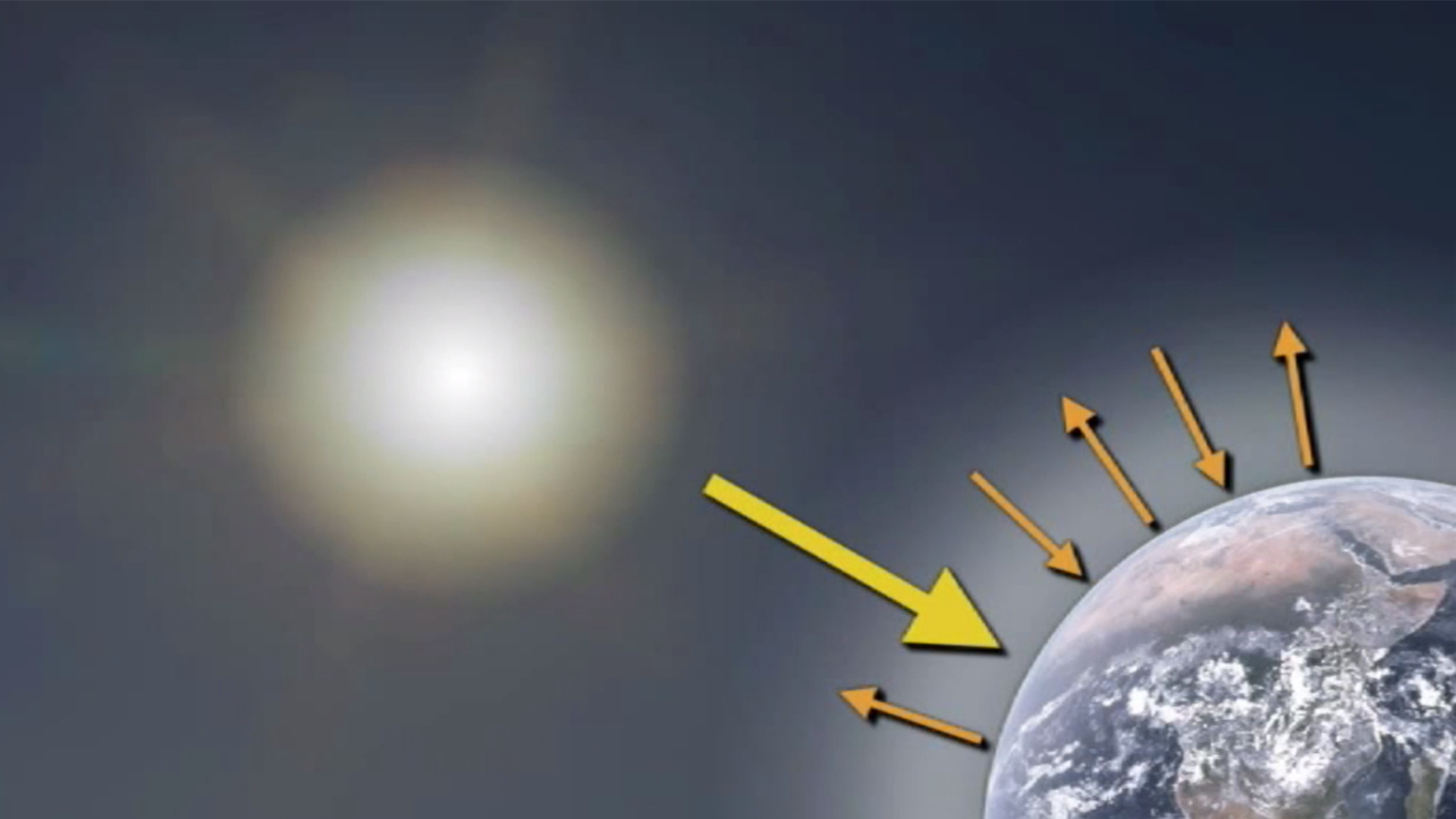
Curriculum-centred and oriented towards educational standards
Matching
Blogging
The weblog or blog, for short, as a medium is not much older than this century. Blogs came into being in the World Wide Web as ’messages from below’, as web pages from web creators who wanted to share their view of the world with the world. They are short notes, long texts, pictures, videos, which are posted loosely and at random intervals to the world for an undefined public.
Podcasting
Today, the use of new media has become a matter of course not only in everyday life – schools and teaching, too, benefit from the new technologies and methods, which support active and independent learning. Especially in computer science, ethics and language courses but also in all other subjects, modern media are a valuable pedagogic and didactic asset. This DVD uses the example of podcasts to demonstrate how the possibilities opened up by new media can be applied in the classroom and how the pupils can be taught to handle them in a competent and target-oriented manner. The film is aimed at supporting the use of podcasts at school and encourages making them. This also requires the ability to find information on the Internet and assess it. The film informs on the functionality of podcasts and technical background as well as on the teaching and learning possibilities offered by podcasts – ranging from specific contents to superordinate learning targets such as the advancement of creativity and team spirit. The DVD is a useful support for teachers applying new media and wishing to show their pupils how to handle Running Time: 20:29 ms them in a sensible way.
Computer Games
This film covers the topic of computer games in a variety of ways and from many different angles. Apart from the fascina- tion of computer games for users, the historical development as well as the production of computer games are described. The established genres are introduced, the guidelines of the German BPjM are explained. In light of recent public discussions, a neutral overview of the pros and cons of playing computer games is given, and different kinds of player behaviour are outlined. In this film, the pupils will recognise many aspects of their favourite pastime that encourage an independent, constructive use of this medium and reinforce their media competency. The film and teaching material are very closely related to the real-life situation.





